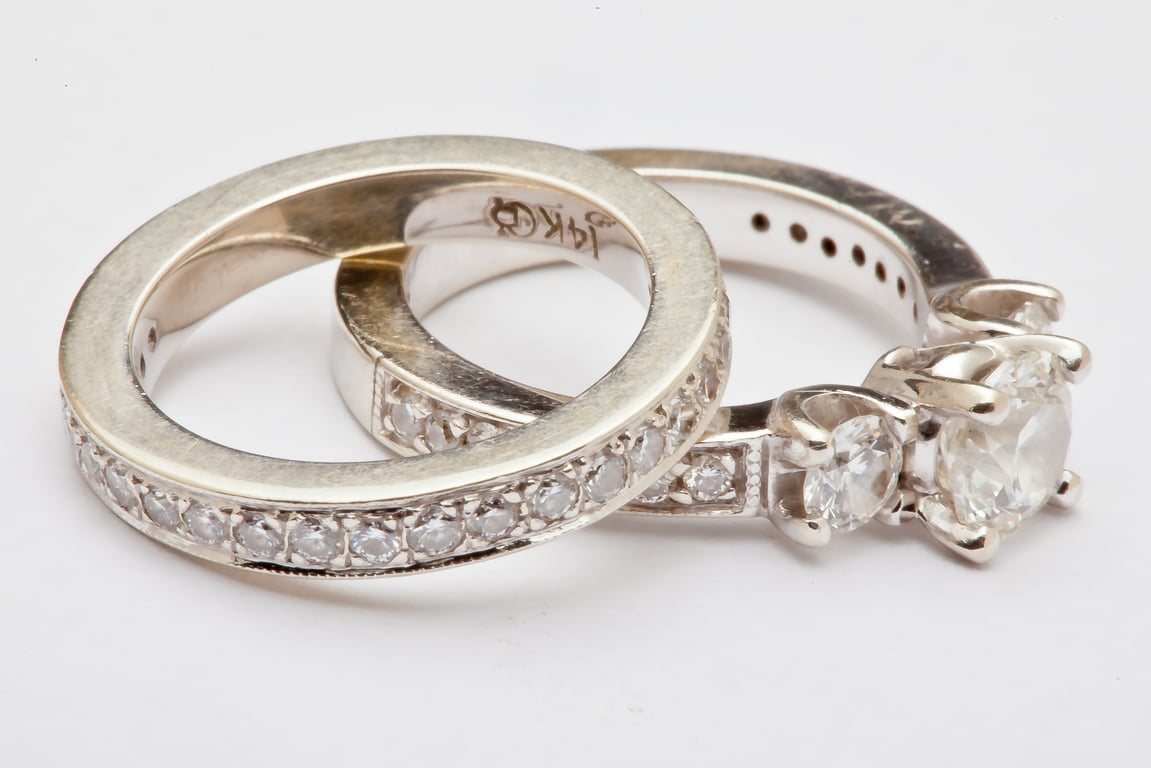Many people are often confused about the difference between shape and cut. This is really different. The shape of a diamond refers to its physical form, while the diamond cut is a style or design guide used when shaping a diamond for polishing, such as the brilliant cut.
When a professional jeweler studies diamond cutting, he looks at a lot of things, but in the most general terms, their analysis deals with how a diamond reflects and refracts light. In the last article, we looked at which moissanite stone to use; in this one, we will look at the difference between shapes and cuts.
How do diamonds differ from each other?
The beauty and quality of lab grown diamonds shapes resemble natural diamonds are evaluated using four criteria: color, clarity, cut, and carat. A certificate issued by the laboratory is a confirmation of the quality of a diamond. The most famous laboratories are GIA, HRD (Supreme Diamond Council), and IGI.
Diamonds have existed for billions of years. But only relatively recently has man learned how to cut and polish them. The diamond’s cut is one of the 4Cs. It’s all about math, science, and geometry — how a diamond cutter cuts facets and angles on a diamond to let the light shine through it.
What does “diamond cut” mean?
What is a commercial diamond's cut? Several diamonds of different sizes and weights can be cut from the same part of the diamond. For commercial cutting, the smallest loss of rough diamonds and the production of a diamond of a larger weight and size are more important than the production of a diamond with a lower weight but an ideal cut quality. It will depend on the features of the diamond whether it will be “stretched” in height or diameter, or whether not all parts of the diamond will have the wrong proportions.
What is a natural diamond's cut? The situation in which production of a diamond, with a lower weight but perfect cut quality, is called a natural diamond's cut.
Can you tell the difference between different diamond cutting groups? Sometimes you can see the difference. But if you have some doubts, you can always check the diamond's 4Cs and GIA certificate. Sofia Lior jewelry store guarantees the high quality of all our diamonds. Our jewelers will not only help with the choice of artificial or natural diamonds, but also teach the basic steps of choosing a diamond. We always value every client and help you make a choice with which you will not be disappointed.
The most important factor for understanding a diamond’s quality out of the 4Cs
Since it is the cut that plays the biggest role in influencing the brilliance of a diamond, and let's face it, brilliance is everything. And gloss is known to be the top priority for most. A good cut makes the diamond stunning. A good cut has the ability to make a diamond of lower color and clarity look spectacular. And yet, a diamond with better color and clarity can look awful if it has a terrible cut.
Typically, the diamond cut chart is:
- Shallow-Cut Diamonds
- Ideal-Cut Diamonds
- Deep-Cut Diamonds
What does the diamond shape mean? Shape refers to the geometric pattern and overall physical shape of a diamond. Each diamond has its own attributes and cut characteristics, which also play an important role in the overall appearance of the stone. Understanding diamond shapes and how they unlock the diamond’s aesthetic qualities is essential to purchasing a diamond that will complement the beauty of the wearer and accurately represent the sentiments of the giver.
What are the most popular Natural or Lab Grown diamond shapes?
The most popular types of shapes at the moment can be seen in our store:
- Round
- Princess
- Oval
- Marquise
- Pear
- Cushion
- Emerald
- Asscher
- Heart
- Radiant
Shopping for a diamond engagement ring involves searching through numerous stones, settings, and ring styles to find a balance between beauty and cost. Give us a call, email us, or even schedule a face-to-face meeting with us, and let's start looking for the perfect lab-grown diamond for you. And at the end of this topic, you can find most of the answers about diamond shape on our FAQ page.














